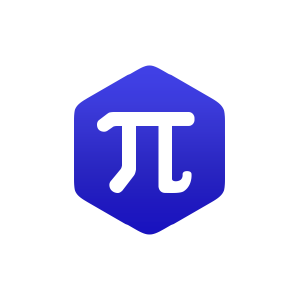6: Mathematical Reasoning
( \newcommand{\kernel}{\mathrm{null}\,}\)
- 6.1: Introduction on Mathematical Reasoning
- Mathematical reasoning is all about thinking logically and using what you know to solve problems. It's like being a detective, where you use clues and facts to figure out the answer. Whether you're solving a puzzle, figuring out how many candies you need for a party, or proving that a math rule always works, you're using mathematical reasoning.
- 6.2: Types of Reasoning
- Understanding different types of reasoning is essential for developing strong problem-solving skills in mathematics. In this section, we will explore a few fundamental types of reasoning: deductive, inductive, abductive, and analogical reasoning. Understanding these types of reasoning not only enhances our mathematical skills but also improves our ability to think critically and creatively in various areas of life.
- 6.3: Logical Connectives and Statements
- This section delves into the world of logical statements and connectives, which form the backbone of mathematical reasoning. Logical statements are assertions that can be true or false, while logical connectives are words or symbols used to combine these statements to form more complex statements. Understanding these concepts is crucial for constructing valid arguments and analyzing mathematical propositions.
- 6.4: Proof Techniques
- This section explores two fundamental proof techniques: direct proof and proof by contradiction. These techniques are essential tools in mathematics for establishing the truth of mathematical statements and theorems.
- 6.5: Common Logical Fallicies
- In this section, we examine common logical fallacies, which are errors in reasoning that can lead to incorrect conclusions. By recognizing these fallacies, we can improve our ability to construct valid arguments and identify flaws in others' reasoning.
- 6.6: Strategies for Teaching Mathematical Reasoning
- This section explores effective strategies for teaching mathematical reasoning to elementary school students. Mathematical reasoning is a critical skill that helps students understand and apply mathematical concepts in various contexts. By employing these strategies, educators can help students develop strong problem-solving skills and a deeper understanding of mathematical concepts.
- 6.7: Practical Applications
- This section focuses on practical applications of mathematical reasoning in real-world contexts. Mathematical reasoning is not just a theoretical concept; it is a skill that has many practical uses in everyday life and various professions. By understanding these applications, students can see the relevance of mathematical reasoning and develop a deeper appreciation for the subject.

